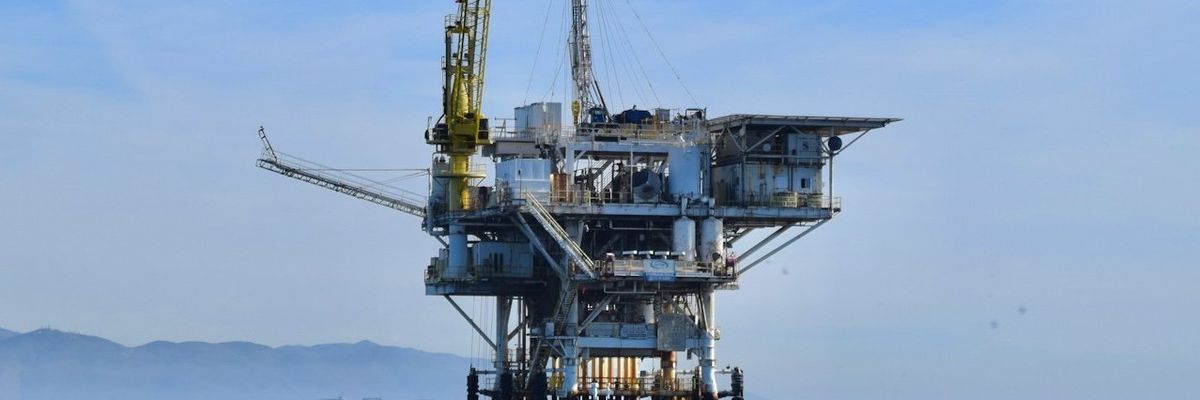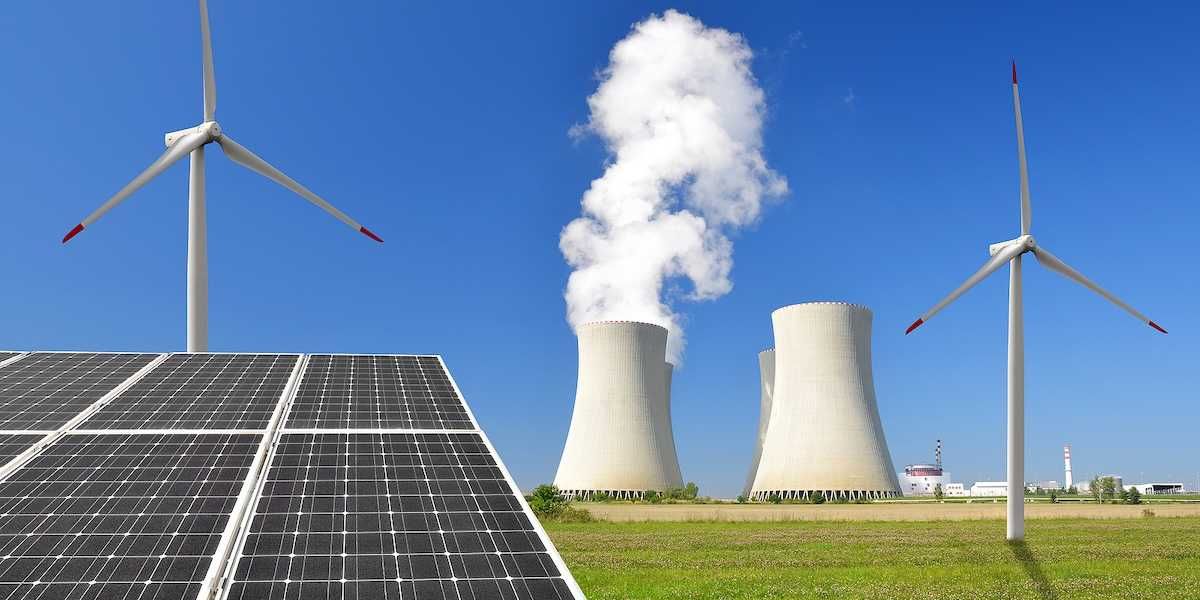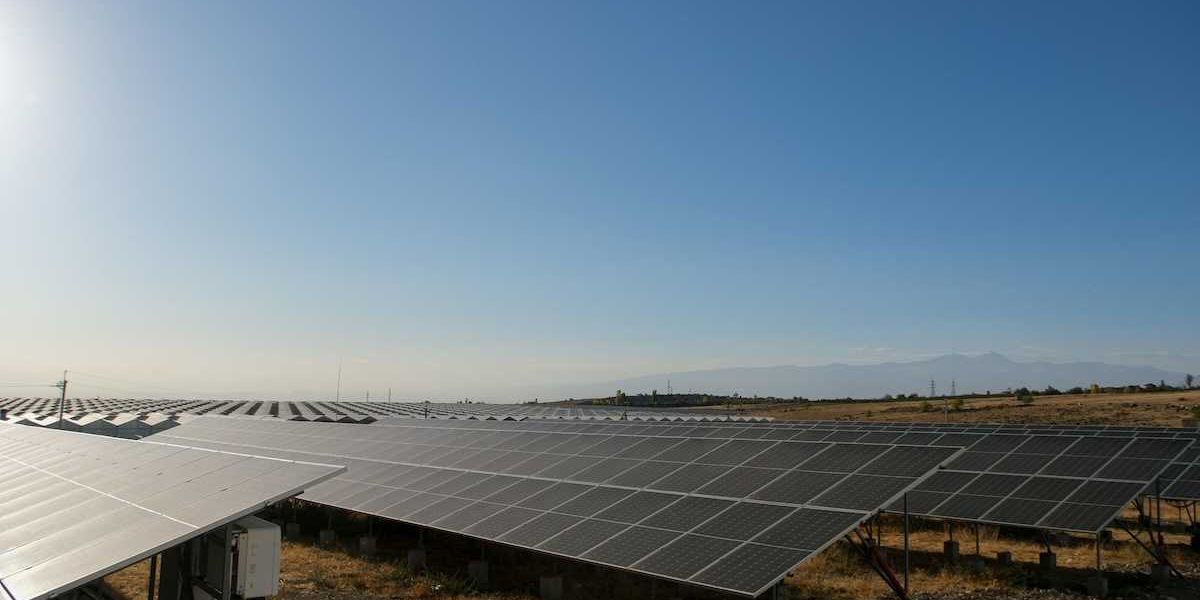new orleans
New Orleans uses solar microgrids to prepare for hurricanes
New Orleans has developed a network of solar-powered "community lighthouses" to provide power during hurricanes, aiming to enhance resilience against extreme weather events.
In short:
- The Broadmoor Church in New Orleans is equipped with solar panels, serving as one of 86 planned "community lighthouses" designed to offer power during hurricanes. These hubs form part of a project by Together Louisiana to build the nation's largest network of solar resilience centers.
- Community lighthouses function as microgrids with battery backup, offering essential power for communication, refrigeration and medical needs during power outages caused by hurricanes. The project, backed by local and federal funding, will eventually support 380,000 New Orleans residents.
- Louisiana, prone to extreme weather, faces high costs due to hurricanes. With these lighthouses, the state aims to reduce deaths and suffering caused by power outages and extreme heat during hurricanes like Ida in 2021.
Key quote:
“This starts from grassroots to try to get a response that becomes systemic, one that checks in on people in their neighbourhoods – we're in the early stages of developing this across our state.”
— Broderick Bagert, Together Louisiana
Why this matters:
Extreme weather is increasing in frequency and intensity due to climate change, leaving many without power during hurricanes. New Orleans' solar microgrid initiative is a proactive step towards ensuring community safety and resilience during these events.
Federal funds boost New Orleans' solar energy efforts
The U.S. Environmental Protection Agency has awarded New Orleans nearly $50 million to install solar panels on low to middle-income homes, advancing climate action and energy independence in the city.
Halle Parker, Ellis Juhlin and Jessica Meszaros report for WWNO and NPR.
In short:
- New Orleans will use the $50 million EPA grant to install solar panels on low to middle-income homes, enhancing climate resilience.
- The EPA's $4.3 billion grant program supports 25 projects nationwide to reduce climate pollution, impacting 30 states.
- Projects range from improving energy efficiency to reducing methane emissions, with a projected reduction of 1 billion metric tons of emissions by 2050.
Key quote:
"[This,] the City’s largest ever investment in climate action, is a testament to our collaborative efforts and unwavering dedication to addressing climate change."
— Greg Nichols, New Orleans’ Deputy Chief Resilience Officer
Why this matters:
Increasing solar energy in New Orleans not only cuts emissions but also helps the city adapt to stronger hurricanes driven by climate change. This initiative represents a significant step towards broader climate action and community resilience.
Tapped Out: New Orleans drinking water testing procedures don’t follow gov’t regulations
The Mississippi is losing its fight with the ocean
Salt water could increase lead contamination in New Orleans
Heat islands occur underneath cities
Urban heat islands can be felt deep under the surface—creating a sneaky threat to civil infrastructure.
Eight excellent books on sea level rise risk for U.S. cities
If you live in or are considering moving to Miami, Charleston, Houston, New Orleans, New York City, Norfolk, the Florida Keys, or coastal New Jersey, you should read these sea level rise books.









